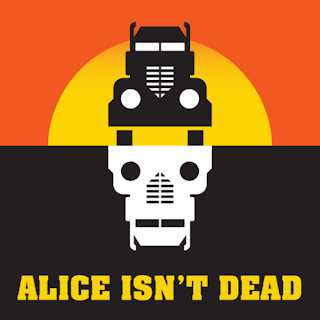The Black Paintings II
Saturn Devouring His Son is a direct reference to the Roman mythology. In the myth titan named Saturn (in the original greek version, known as Cronos) would devour his newborn children to prevent his prophesied fall at the hands of his successor. Goya’s version does not show us a god like deity, what we see is a man. An old, maddened man slouching in a dark space, his hair in disarray, his face not filled with anger or satisfaction but with fear. His fingers clenched on a dead half-eaten body, not of a newborn, but of a full grown person. It's not known what the exact meaning of the painting is, it may represent the state of Spain at the time, falling deeper into autocracy and losing the ideas of enlightenment, or it may be a deeper reflection on human nature and the inability to let the new replace the old (perfectly visible in today's politics filled with elderly man barely recognising the world that constantly changes). -Saturn Devouring His ...
